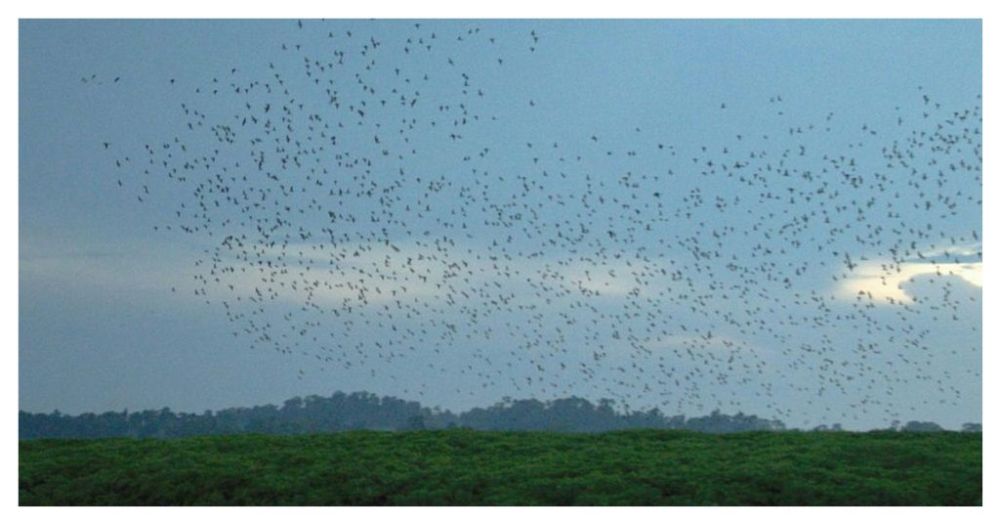

Tucked away in the emerald waters of the Bay of Bengal, the Andaman and Nicobar Islands are a slice of paradise that have beckoned travelers for generations. Among the archipelago's treasures is Parrot Island, located in proximity to Baratang Island, known for its dense mangrove creeks and stunning biodiversity. The history of tourism in this region reflects the enchanting allure of untouched natural beauty and the unfolding narrative of a destination once secluded from the world's eye.
The Andaman and Nicobar Islands were once perceived as a remote cluster of islands with limited access due to their geographical isolation. It wasn't until the latter part of the 20th century when tourism started to grow, primarily as an adventurous destination for those drawn to its pristine beaches, unique tribal culture, and exotic flora and fauna. However, the history of human activity on the islands dates back to the British colonial period when the infamous Cellular Jail was constructed to house political prisoners.
Parrot Island, specifically, gained attention for its distinct phenomenon wherein flocks of parrots and parakeets descend upon the island every evening, creating an awe-inspiring spectacle. This natural occurrence became a highlight for eco-tourists and bird watchers. In the early days, access to Parrot Island was limited, but the curiosity it generated led to the development of organized tours to facilitate visitation while ensuring the preservation of the island's delicate ecosystem.
The local government and environmental groups have taken steps to balance tourism growth with conservation efforts. Infrastructure development has been cautious, with a focus on minimizing the human footprint on Parrot Island and its surroundings. The Andaman and Nicobar Administration implemented regulations to protect marine life, mangroves, and the island's avian inhabitants, which have now become an integral part of the tourism narrative in the region.
In recent years, eco-friendly and sustainable tourism trends have influenced the way visitors experience Parrot Island. Tourists are encouraged to engage in responsible tourism practices, such as refraining from littering, using eco-friendly sunscreens, and maintaining a respectful distance from wildlife. Boats used for ferrying tourists to the mangroves are now often equipped with silencers to reduce noise pollution, ensuring the natural behavior of the birds is not disturbed.
The latest trends in tourism on Parrot Island reflect a growing desire for authentic experiences that allow travelers to connect with nature. Activities such as mangrove walks, bird watching excursions, and educational tours are quite popular. The local administration has also boosted tourism by improving connectivity and accommodations, with a slew of eco-friendly resorts and homestays catering to various budgets.
In conclusion, the history of tourism on Parrot Island is a testament to the delicate dance between discovery and preservation. As the island continues to enchant visitors with its nightly avian ballet, the focus remains steadfast on maintaining its beauty for future generations while allowing travelers to witness one of nature's most charming spectacles.